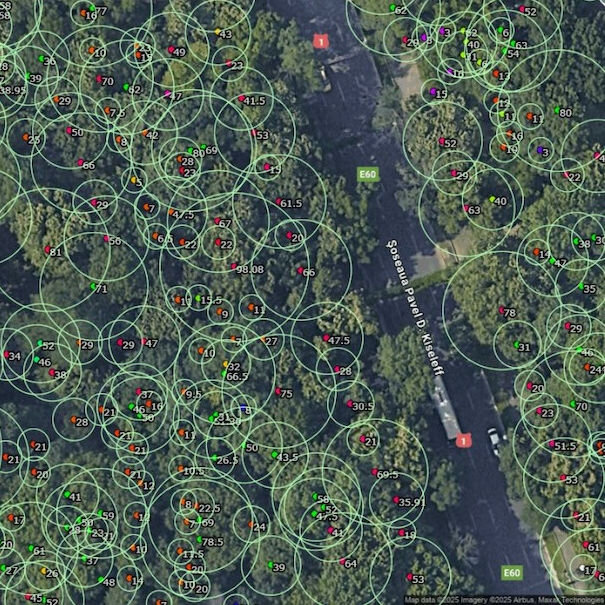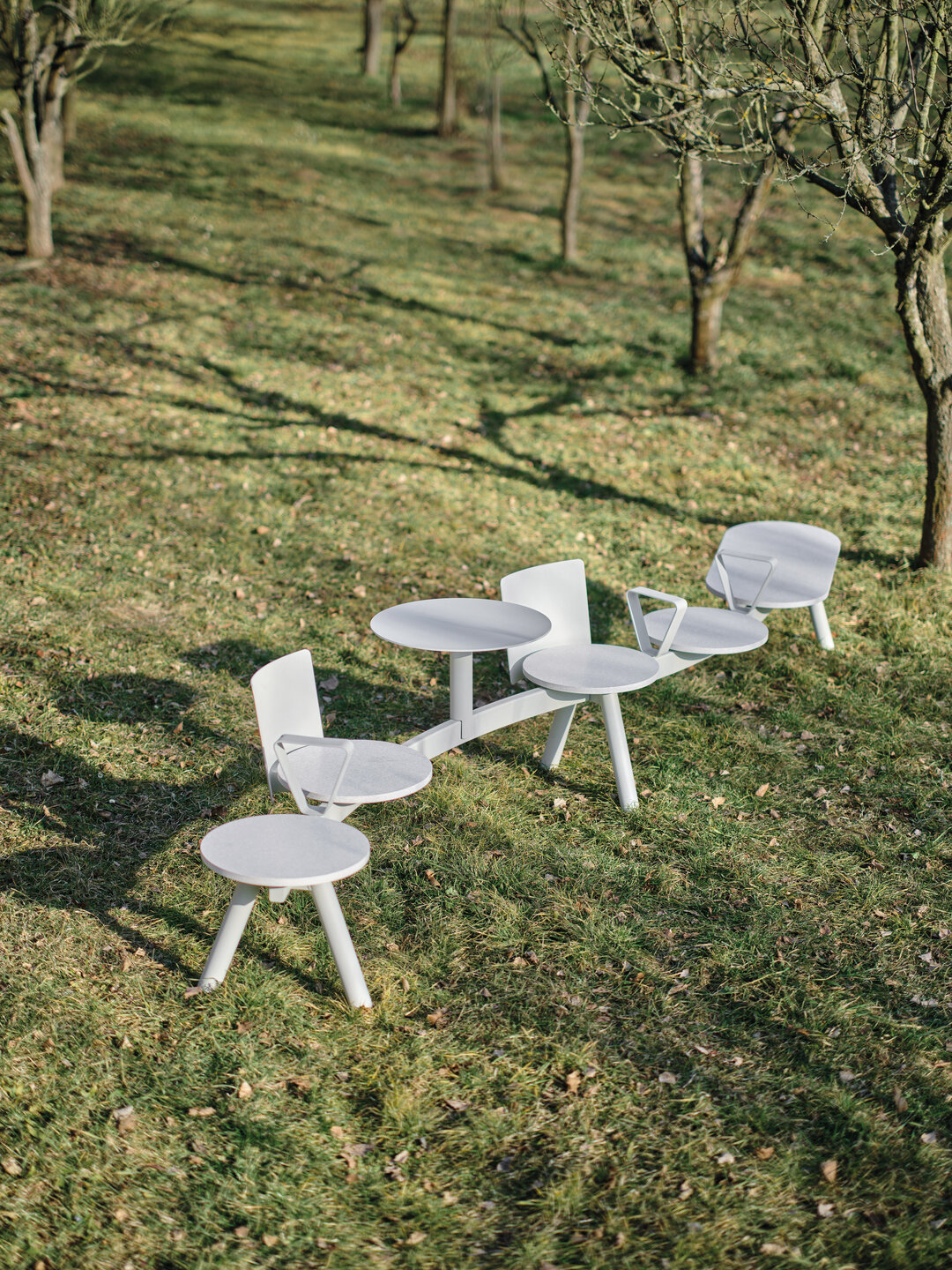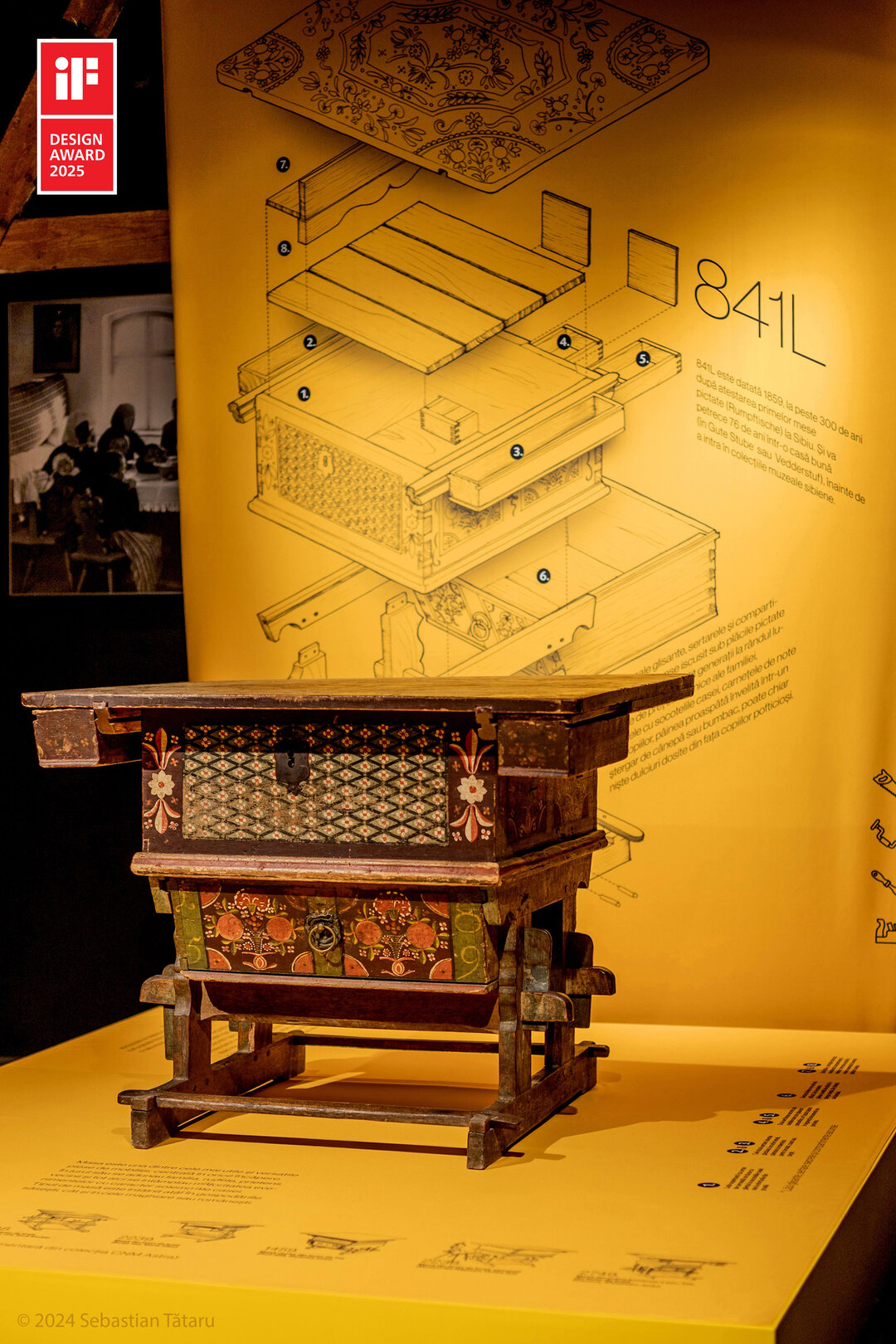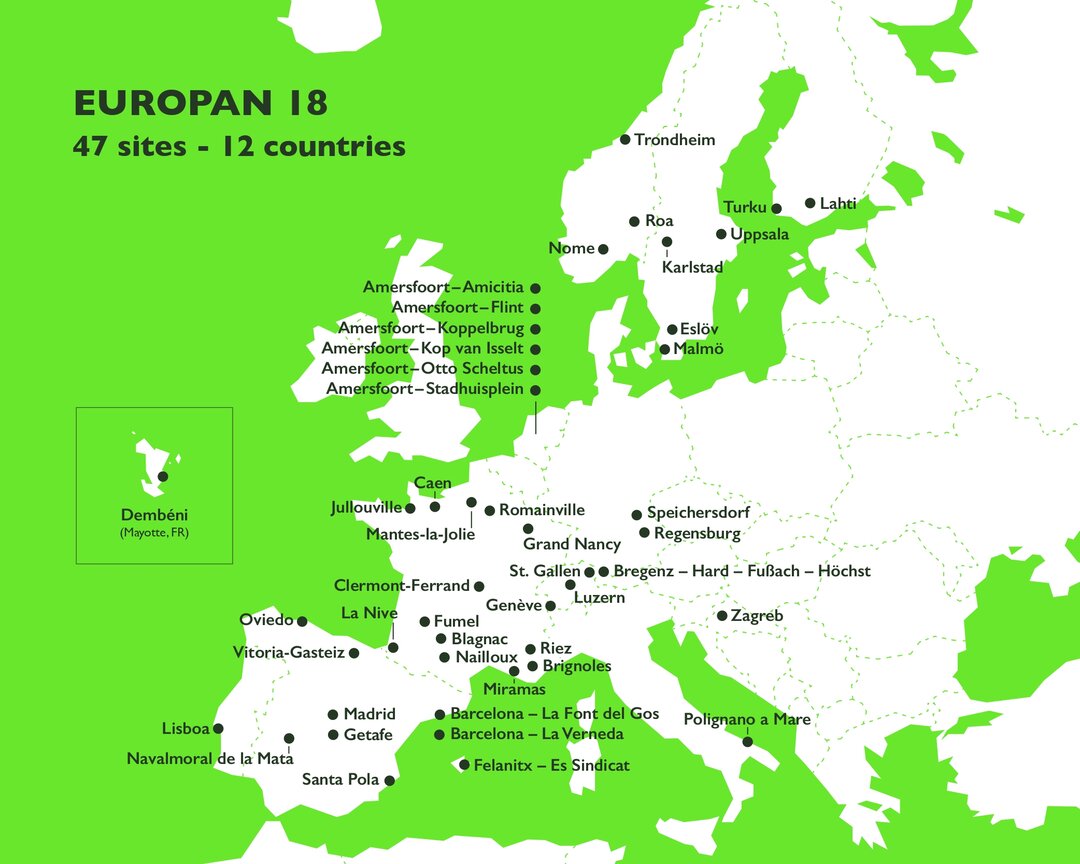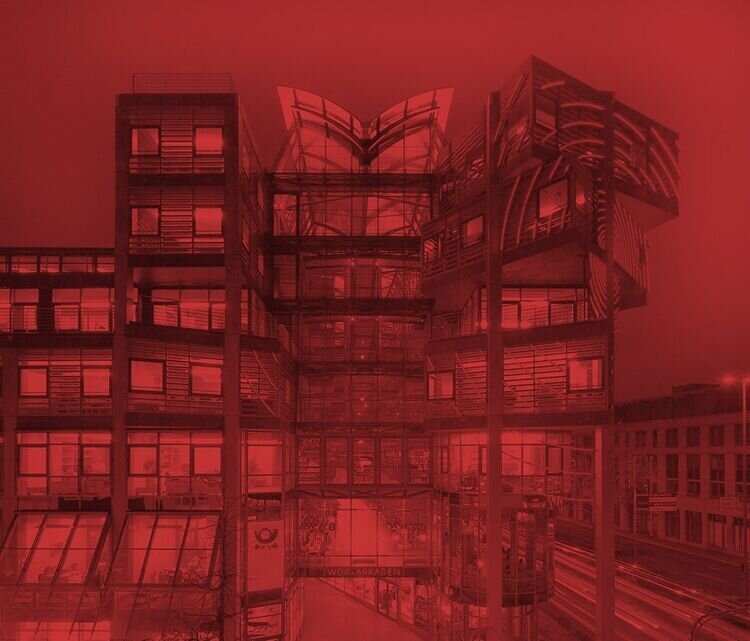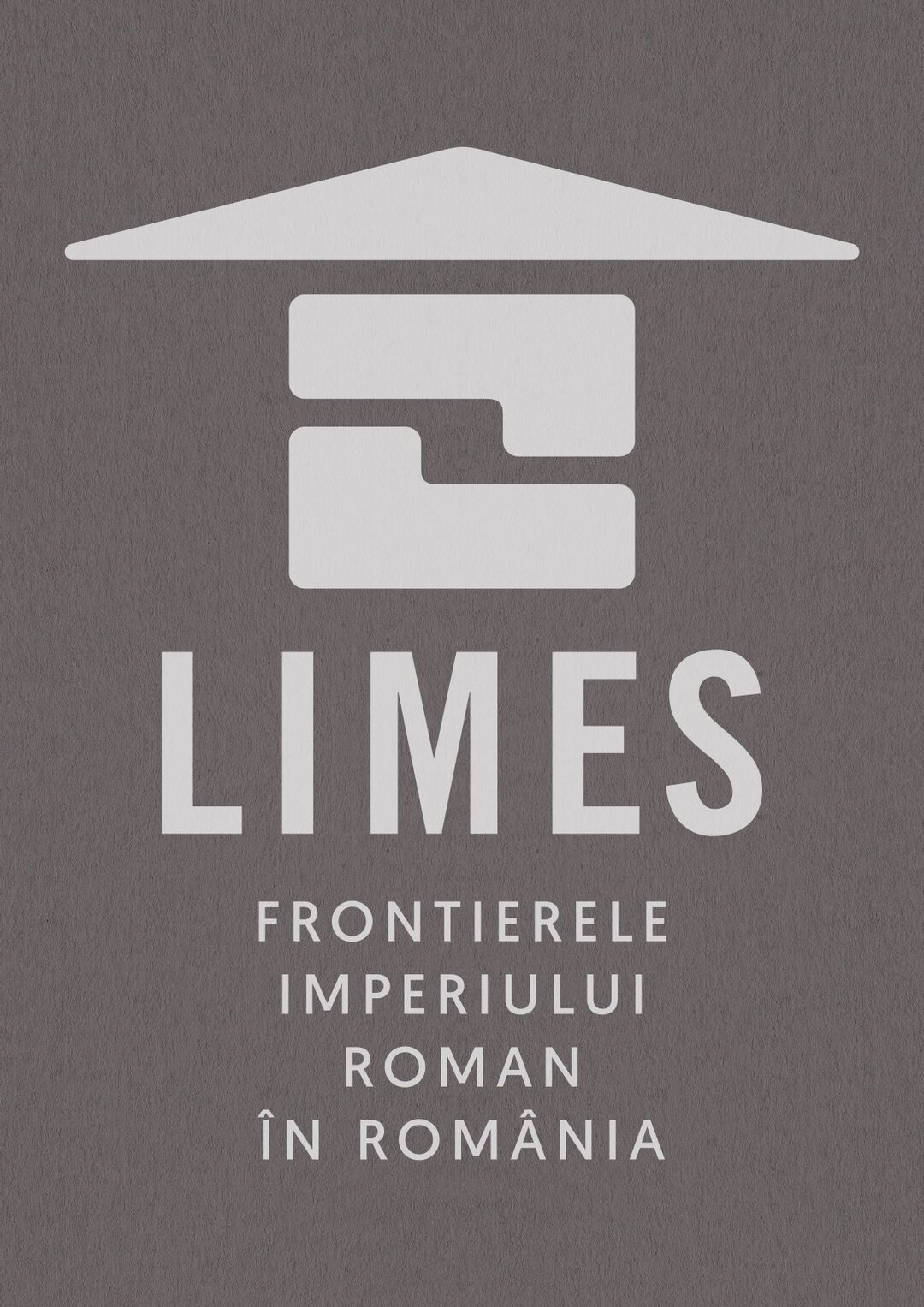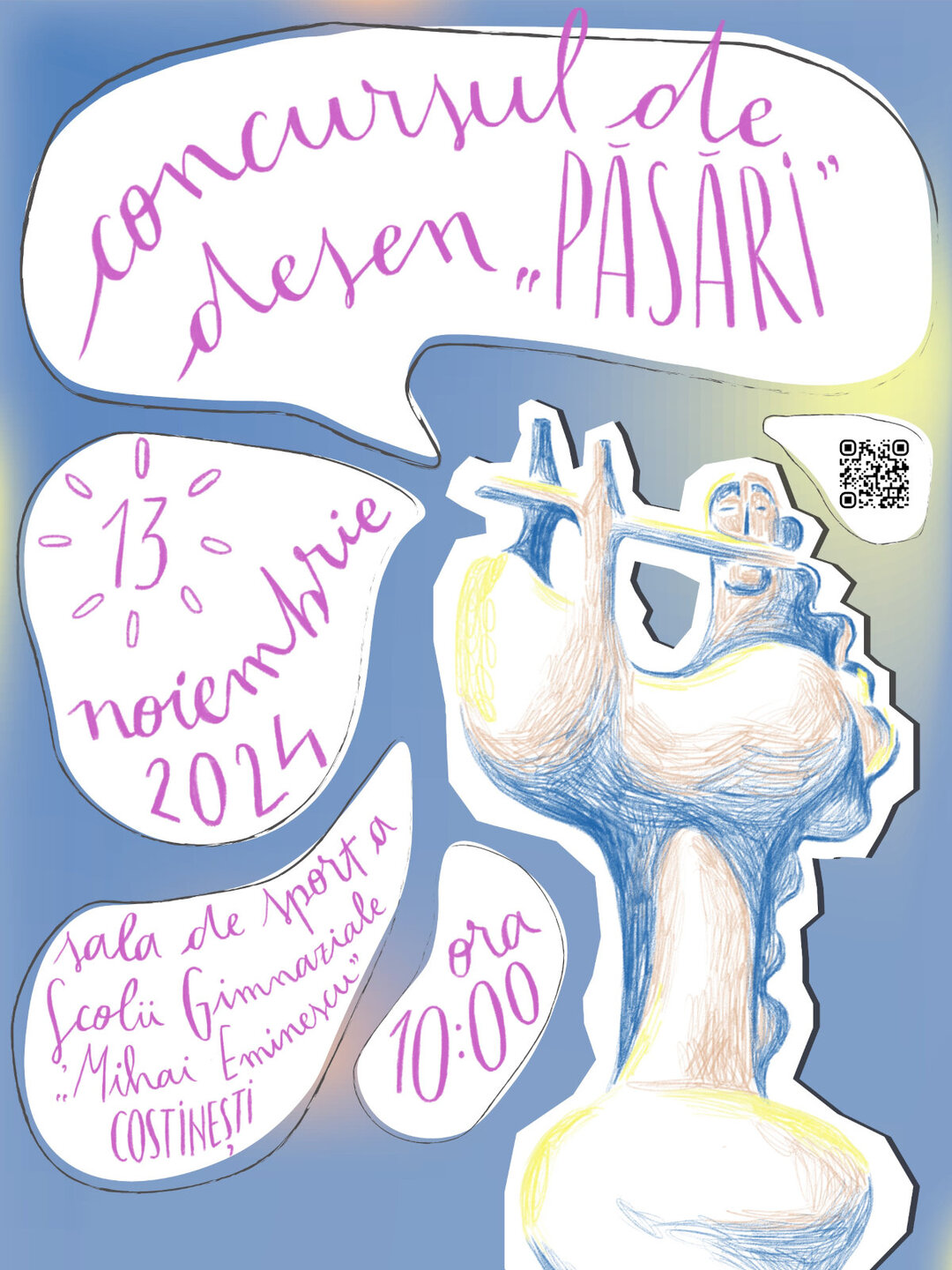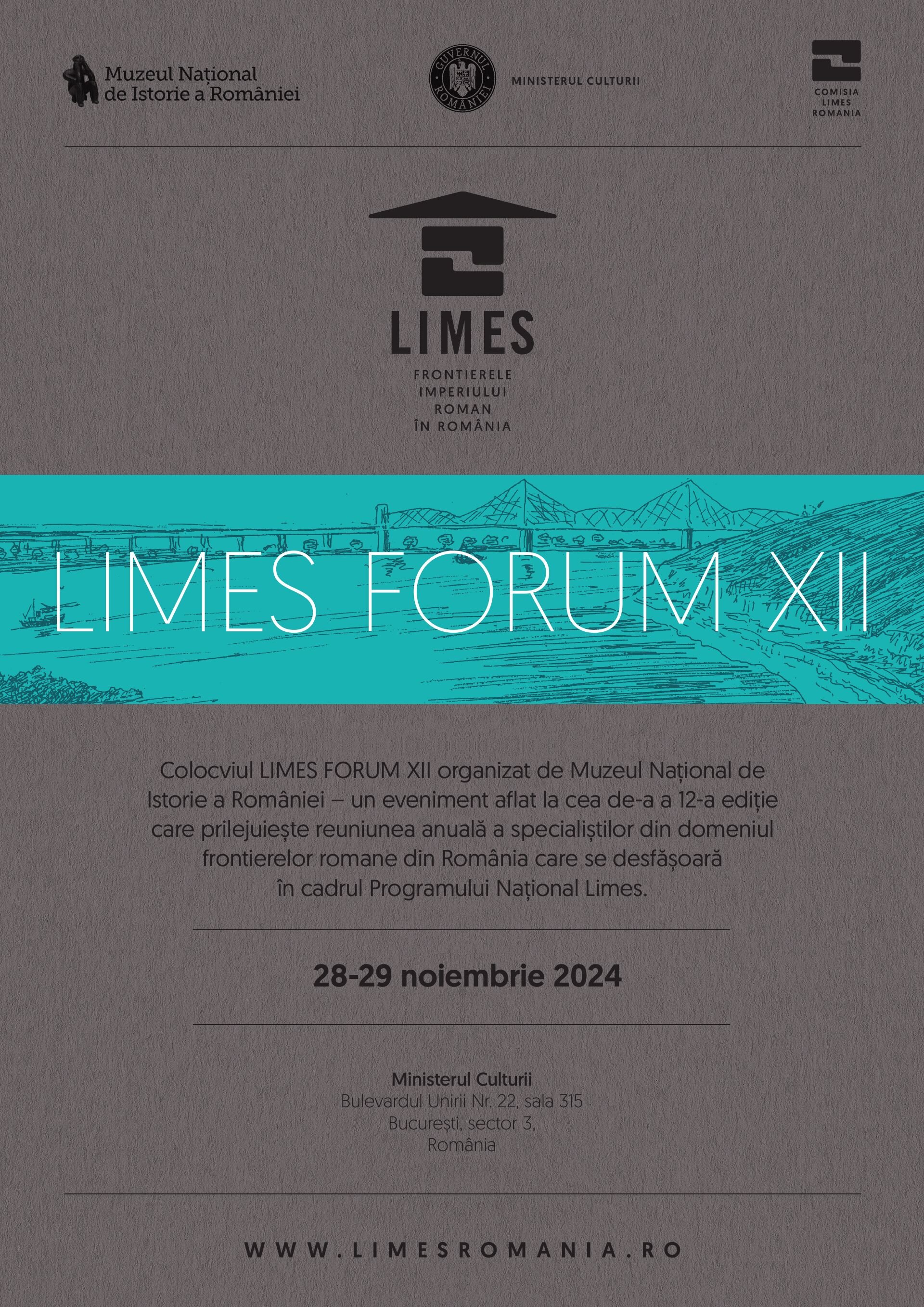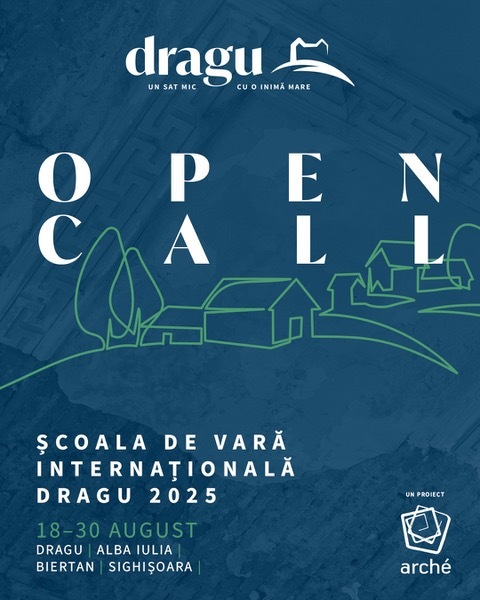
Limes Forum XII
12th edition of the National Colloquium LIMES FORUM
28.11.2024
On November 28-29, 2024 the XII edition of the National Colloquium LIMES FORUM will take place. The event is the annual meeting of specialists in the field of the Roman frontiers in Romania and includes presentations of some of the sites inscribed, this year, in the UNESCO World Heritage List as part of the serial cultural heritage The Frontiers of the Roman Empire, in the Dacia component, the research of the sites that will be the basis for the nomination dossier for the World Heritage List of the Danube Limes component of the same cultural heritage, as well as their management.
The colloquium will be held on Thursday, 28 November, between 09.00-19.00, at the Ministry of Culture, and on Friday, 29 November 2024, a documentary trip will be organized for the participants of the colloquium to Hârșova (Carsium) and Capidava, where the volume Limes dunărean din România (ed. I.C. Opriș, F. Matei-Popescu, O. Țentea), Cluj-Napoca, 2024, will be launched at the Capidava Citadel Museum. It brings together original texts and already known information about the Roman fortifications and settlements on the north and south banks of the Danube on the Romanian territory. The preparation of the documentation for the inscription of the Roman fortresses on the Danube frontier in the World Heritage List, together with Croatia, Serbia and Bulgaria, which is in full progress, is an excellent opportunity not only to update the available data, supported by aerial photography, LiDAR technology, magnetometric prospecting or bathymetry in the Danube bed, but also an opportunity to address directly the local communities, the real owners of the archaeological heritage we are promoting.
Program LIMES FORUM XII: MNIR-LimesForum_XII.pdf
The event is organized by the Ministry of Culture, the National Museum of Romanian History and the National LIMES Commission within the National LIMES Programme.
Limes dunărean din România (ed. I.C. Opriș, F. Matei-Popescu, O. Țentea), Cluj-Napoca, 2024
This book brings together original texts and already known information, updated where available, on the known and researched Roman fortifications and settlements on the northern and southern banks of the Danube on the territory of Romania.
The volume includes and develops the documentation efforts of the late Nicolae Gudea and Mihail Zahariade, among which can be mentioned: M. Zahariade, N. Gudea, The fortifications of Lower Moesia (AD 86-275). Pontic Provinces of the Later Roman Empire I. Amsterdam, Adolf M. Hakkert Publisher, 1997; N. Gudea, Der untermoesische Donaulimes und die Verteidigung der moesischen Nord - und Westküste des Schwarzen Meeres: Limes et litus Moesiae Inferioris (86-275 n.Chr.). Jahrbuch des Römisch-Germanischen Zentralmuseums Mainz 52, 2005, 319-566; N. Gudea, M., Zahariade, Dacia Ripensis. Festungen an der Nordgrenze der Provinz und ihre Truppen. Amsterdam, Adolf M. Hakkert, 2016.
The preparation of the documentation of the Roman fortresses on the Danube frontier for inscription on the World Heritage List together with Croatia, Serbia and Bulgaria (Frontiers of the Roman Empire - Danube Limes Eastern Section, FRE - DLES Project), which is in full swing, is an excellent opportunity not only for updating through publication the data available today, supported by aerial photography, LiDAR technology, magnetometric surveys or bathymetry in the Danube bed, etc. At least equally, it is also the opportunity to directly address local communities, disseminating the objectives and actions of the National Limes Program of the Ministry of Culture, valuable, relevant information, precisely because the real owners of the archaeological heritage we are promoting are these local communities. Respecting, protecting and cultivating the link with one's own history and one's own archaeological heritage, which is often exceptional and which fully meets the criteria for inclusion in the World Heritage List, is the condition and also the guarantee for the success of this UNESCO program, not least in terms of passing on the monuments to future generations.
For the scientific information provided for the finalization of the documentation we thank our colleagues from the Museum of National History and Archaeology of Constanta (Dr. Constantin Băjenaru, Dr. Gabriel Talmațchi and Dr. Dan Vasilescu) and from the Institute of Eco-Museum Research in Tulcea (Dr. Dorel Paraschiv, Dr. Marian Mocanu). Both institutions are directly involved in the Limes National Program. We also thank for their support Dr. Mihaela Iacob (Ministry of Culture, Bucharest) and Dr. Alexander Rubel (Institute of Archaeology of the Romanian Academy, Iași).
We would like to thank Iuliana Barnea and Raluca Dobrogeanu for producing the maps and some of the drawings included in this volume, and Vlad Călina (Limes National Program) for processing the high-resolution images and Digital Terrain Model (DTM) files.
The editors gratefully acknowledge the support of the Romanian Academy Library - Manuscripts and Rare Books Section in the appropriate illustration of this editorial project, from the Pamfil Polonic Fund.


